I tried the Oppo Find X9 Pro’s detachable zoom lens and I'm not allowed to tell you how cool it is yet
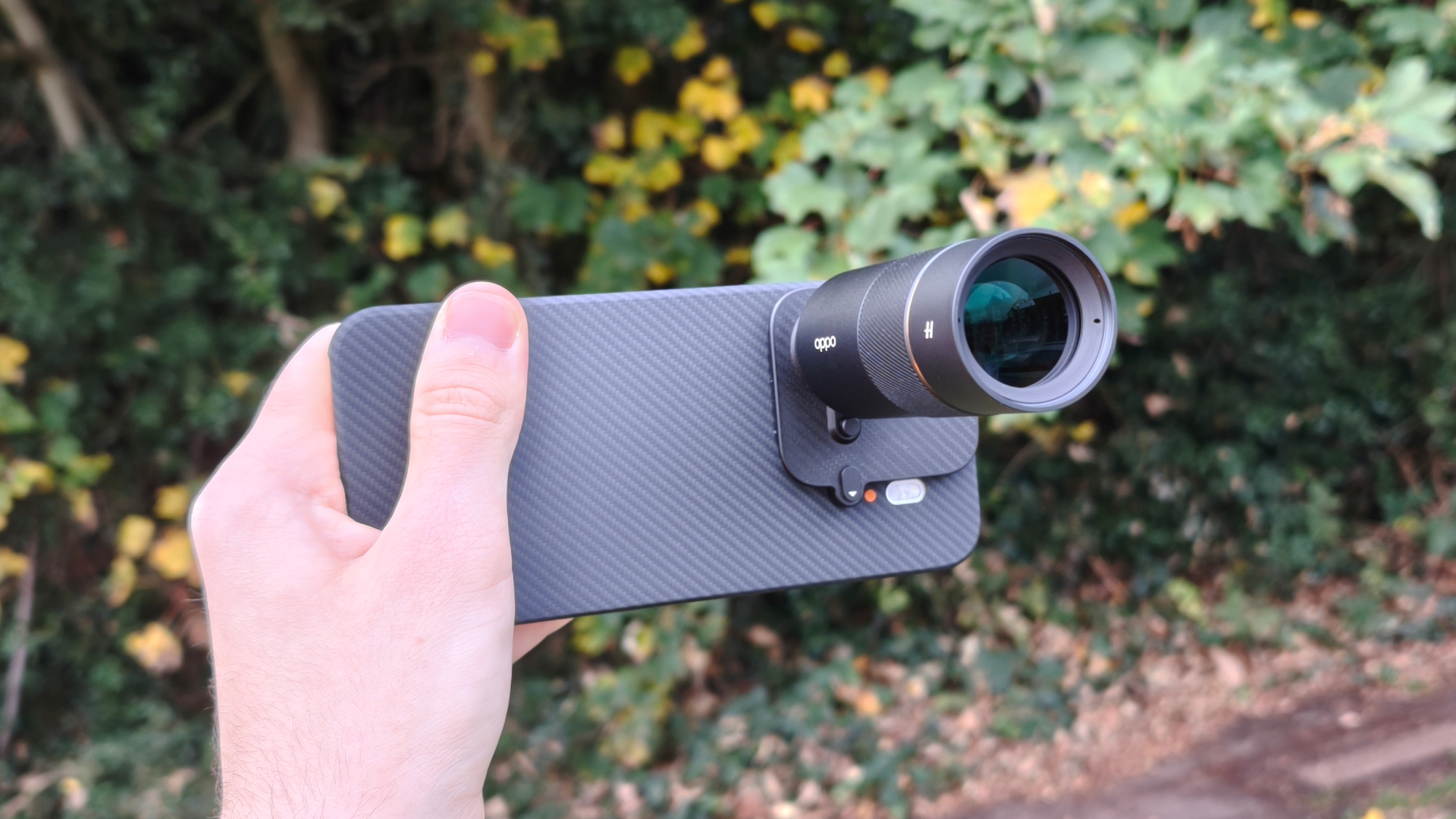
Due to an embargo, I can't share certain details or any opinions about the Oppo Find X9 or Find X9 Pro in this piece - we'll have more details on the new Oppo flagships as soon as we're able to share them.
Oppo has revealed its next generation flagships, the Oppo Find X9 and Find X9 Pro, and confirmed that both handsets will launch in global markets on October 28. Additionally, the Find X9 Pro will launch alongside a unique detachable zoom lens, the Hasselblad extender lens.
The baseline Find X9 comes with a 6.59-inch display, while the Find X9 Pro gets a larger 6.78-inch panel. Both phones have uniform 1.15mm bezels surrounding the screen.
The phones are both powered by the MediaTek Dimensity 9500 chipset, improving on last year’s Dimensity 9400 chipset. Both phones come with large batteries, with rated capacities of 7,025mAh for the Find X9 and 7,500mAh for the Find X9 Pro. Crucially, both phones continue Oppo's longstanding partnership with Hasselblad, a camera maker responsible for some of the best professional cameras.
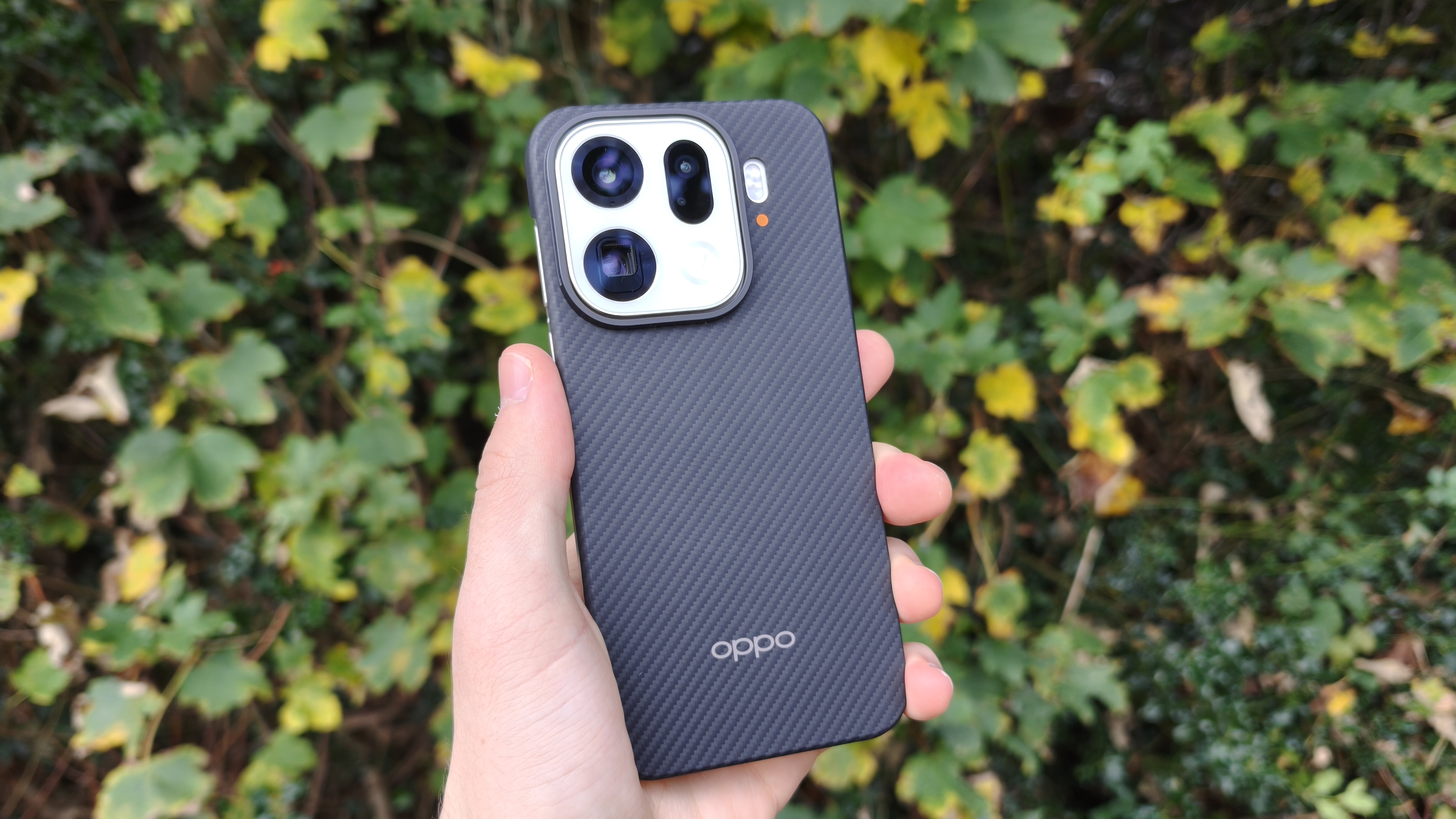
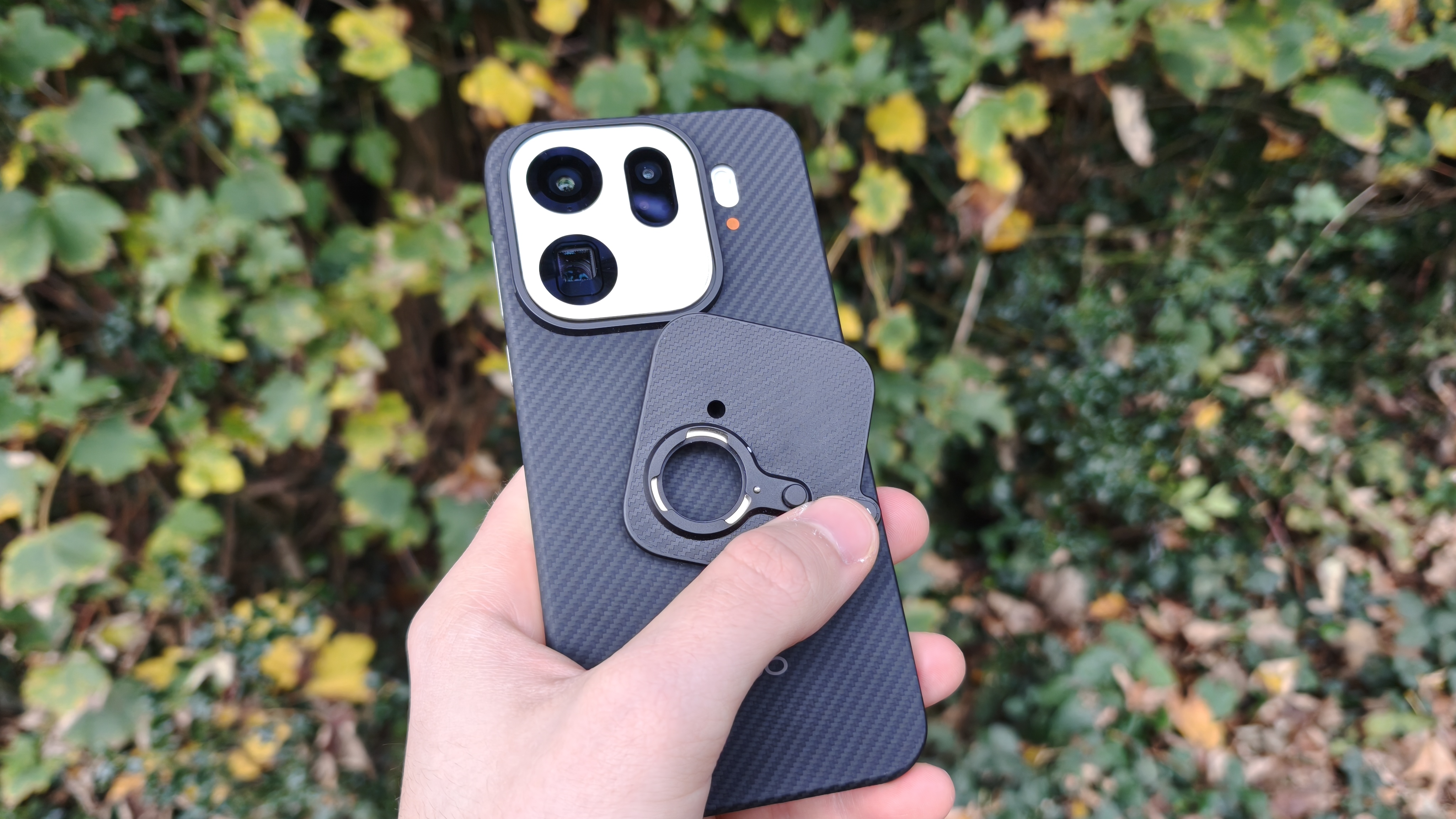
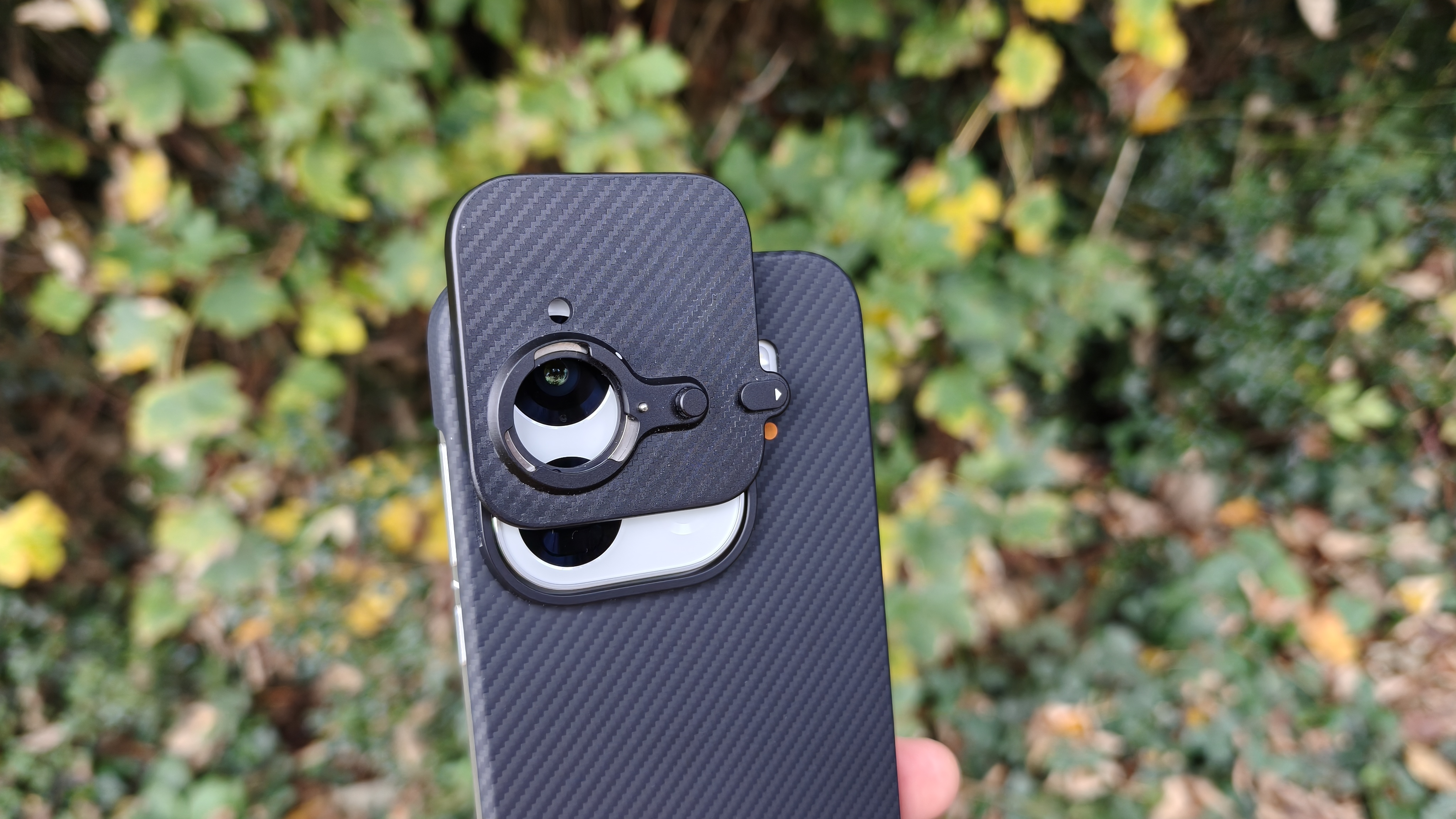
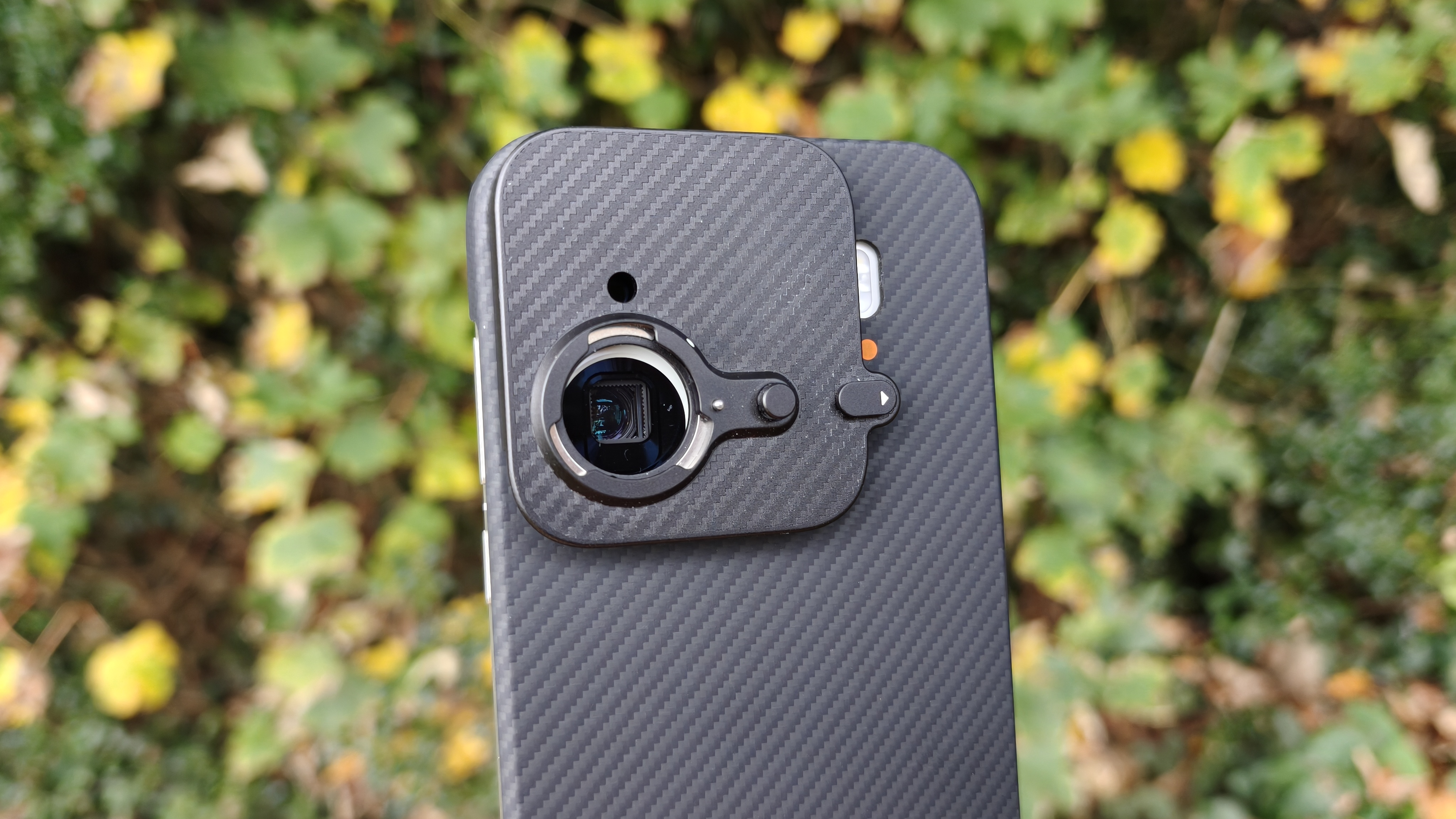
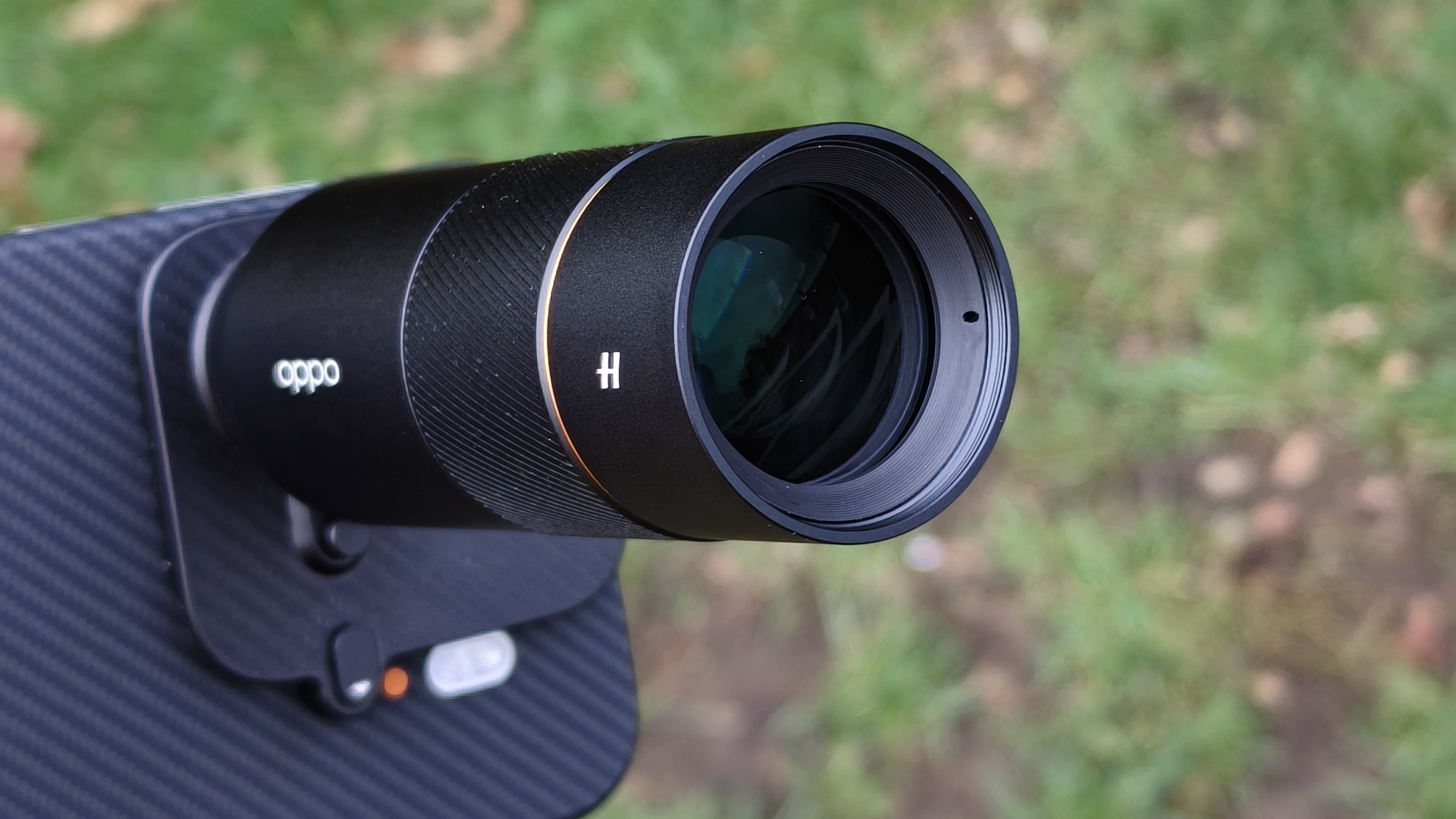
Back to that lens extender: the Hasselblad lens extender is a 3.28x telephoto zoom lens that screws onto a mount on a special photography case for the Oppo Find X9 Pro. The Teleconverter sits over the phone’s in-built 200MP 70mm telephoto camera.
Without the Teleconverter attached, that super-high resolution sensor allows for a 50MP cropped zoom at 140mm relative magnification, and a 12.5MP crop at 280mm relative magnification.
However, attaching the Teleconverter lens gives you the ability to take full-sensor pictures at 230mm magnification, cropped to 50MP at 460mm, and 12.5MP at 920mm. Of course, that’s not the same as using a dedicated sensor and lens at either simulated focal length, but its a heck of an improvement on typical digital zoom.
Sign up for breaking news, reviews, opinion, top tech deals, and more.
Due to an embargo, I can’t get into further detail about the phone’s camera system – but I can show you some samples that really illustrate the power of the Hasselblad extender lens. I also can’t share any opinions about the performance of the phone, so forgive my rather dry descriptions of what you’re seeing.
First up, here are some photos of a view of Canary Wharf – the first image is from the main camera, the second is from the telephoto camera without the lens extender attached, and the third is with the lens extender attached, magnification matched:



Here’s a crop-in of the two images:


While shooting the vista above, I noticed a particularly unbothered fox hanging out at a nearby pub. Here are some close-ups of the chilled canine:





How about some concert pics? Here are some action shots from a recent Sigur Ros performance at the Royal Albert Hall in London:


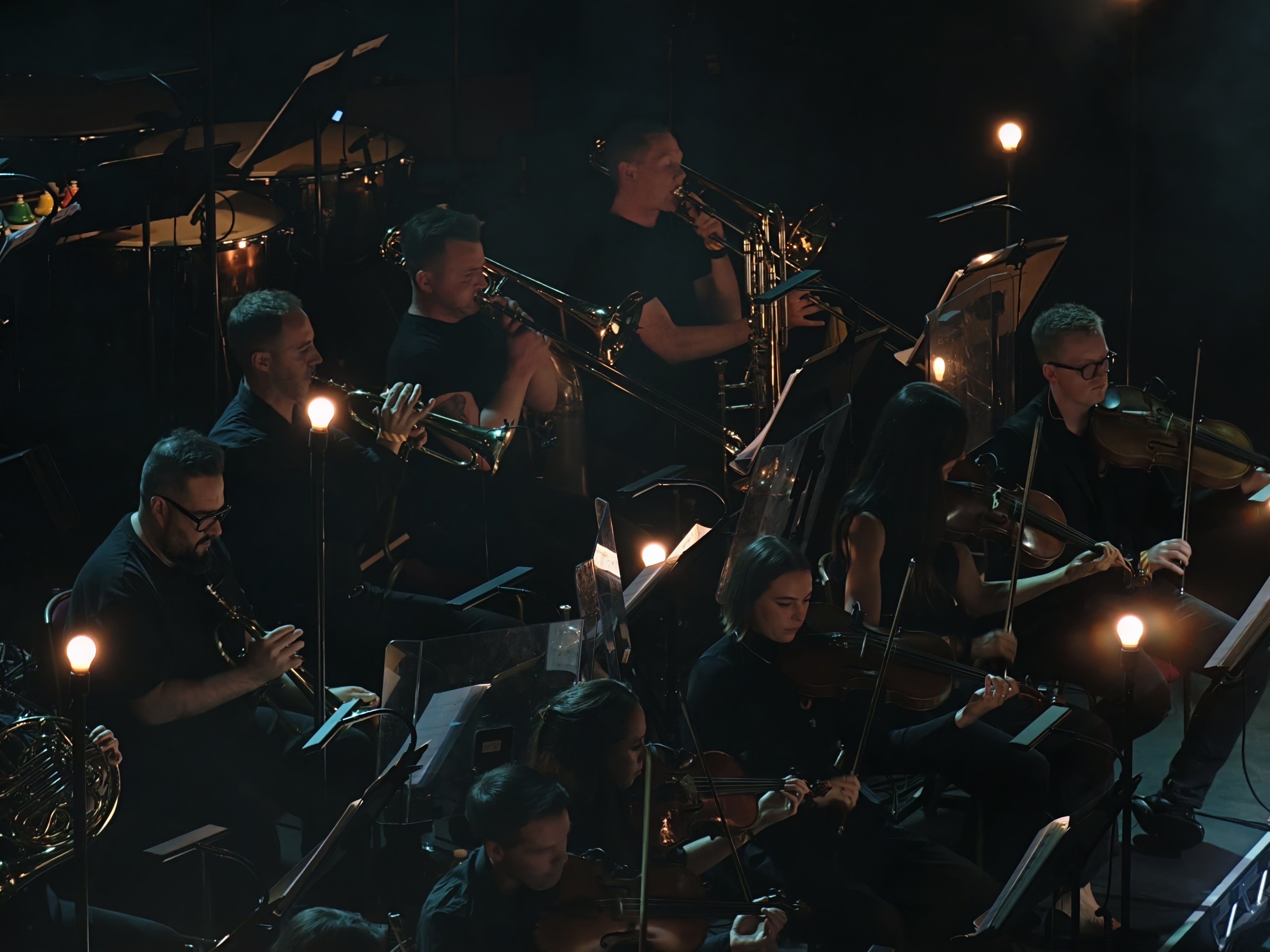

And here's a shot to illustrate how far we were from the stage:

Oppo Find X9 series launches on October 28
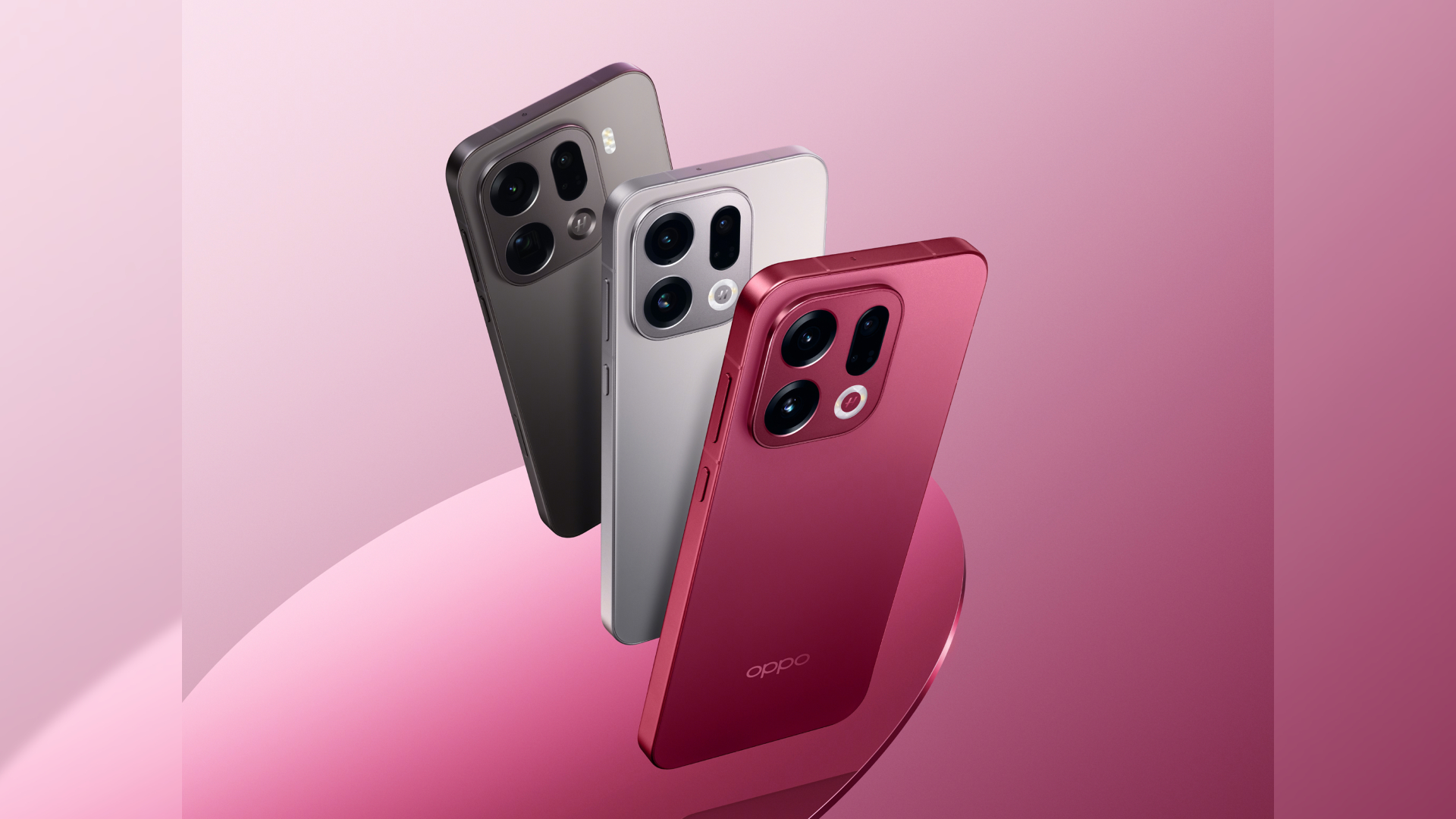
As mentioned, both the Find X9 and Find X9 Pro will launch in global markets on October 28, though we aren't sure of exact pricing and availability information yet.
Both the Find X9 and Find X9 Pro will launch running ColorOS 16, based on Android 16, and in a variety of color options; Titanium Grey, Velvet Red, and Space Black for the basic Find X9, and Titanium Charcoal and Silk White for the Find X9 Pro. It’s our understanding that the “Titanium” in these names refers only to the color, not construction materials.
We’ll have further details on the Oppo Find X9 and Find X9 Pro as soon as we’re able to share them. Until then, check out our Oppo Find X8 review and Oppo Find X8 Pro review for a reminder of last year’s models, or check in with our guide to the best Oppo phones for a look at the whole lineup.
Follow TechRadar on Google News and add us as a preferred source to get our expert news, reviews, and opinion in your feeds. Make sure to click the Follow button!
And of course you can also follow TechRadar on TikTok for news, reviews, unboxings in video form, and get regular updates from us on WhatsApp too.

Jamie is a Mobile Computing Staff Writer for TechRadar, responsible for covering phones and tablets. A lifelong tech-obsessive, Jamie began his writing career as a music blogger before studying journalism at Goldsmiths College, and joined TechRadar in 2024. He thinks the iPhone 5S is the greatest phone of all time, but is currently an Android user.
As well as reporting on the latest in mobile hardware, software, and industry developments, Jamie specialises in features and long-form pieces that dive into the latest phone and tablet trends. He can also be found writing for the site's Audio and Streaming sections from time to time, or behind the decks as a DJ at local venues around London.
You must confirm your public display name before commenting
Please logout and then login again, you will then be prompted to enter your display name.